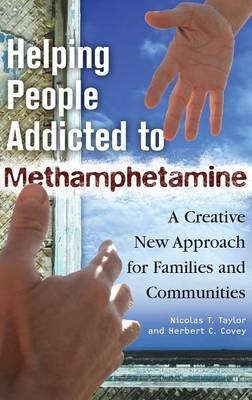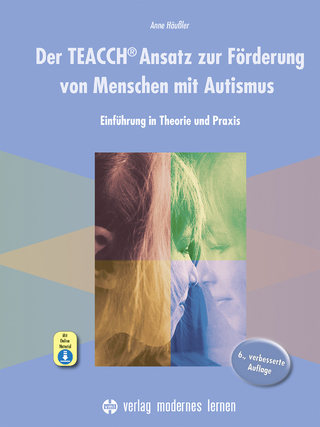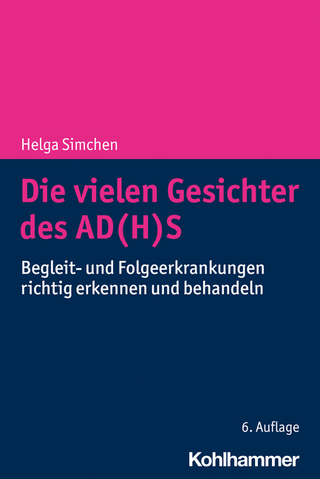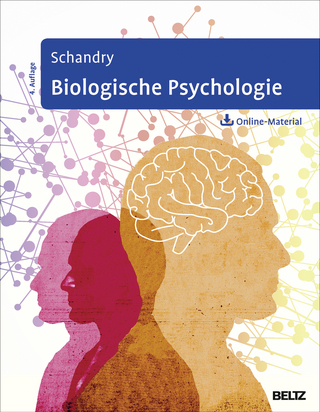
Helping People Addicted to Methamphetamine
Praeger Publishers Inc (Verlag)
978-0-275-99908-7 (ISBN)
Stephan Jenkins, singer for the band Third Eye Blind, says methamphetamine makes you feel bright and shiny, but it also makes you pathetically and relentlessly self-destructive, so much so that you will do unconscionable things to feel bright and shiny again. This drug, made easily in clandestine labs from over-the-counter ingredients, can also cause depression, rapid tooth decay, psychosis, sensations of flesh crawling with bugs, paranoia, skin lesions, and kidney damage. Still, use has spread nationwide from California to Maine, with known addictions now highest in the West, Midwest, and South. Treatment admissions for methamphetamine addictions have increased more than fivefold in the last decade, with a federal report in 2006 showing 136,000 known cases. Meth is particularly addictive to women because it causes rapid weight loss. The results, as shown in recent cover stories in Newsweek, National Geographic, and USA Today, are pain for far more than the abuser. Meth addiction also ravages life for spouses, children, and other family members, as well as communities.
In this work, two experts on methamphetamine addiction and recovery explain why this drug has such a physical, psychological, and social draw for addicts despite all the damage it causes. Vignettes from addicts let us see inside the subculture of meth users. Authors Taylor and Covey explain why this drug and its addiction is different from other illicit drugs, and therefore why the treatment needs to be specifically tailored in order to be effective. This book, focused only on the addiction avenues and paths to recovery, is a perfect companion to Covey's earlier book, The Metehamphetamine Crisis (Praeger, 2006), which details the emergence and history of this drug use in the United States, as well as the social and community effects, and criminal justice approaches, successes, and failures to date. This book at hand will appeal to meth abusers, their families, and professionals trying to aid recovery from this new scourge, including substance abuse treatment providers, health professionals, psychologists, school personnel, and criminal justice staff.
Nicolas T. Taylor is a Licensed Clinical Psychologist and Certified Addictions Counselor, practicing in the rural areas of western Colorado. A member of the Colorado state methamphetamine task force, he is also Treatment Workgroup Chair for the National Alliance for Drug Endangered Children. His earlier roles have included facilitating therapy groups for inmates/substance abusers at Utah State Prison, and teaching at the West Slope CASA Addictions Counselor Certification Training Consortium, as well as at Mesa State College. A nationally recognized expert on methamphetamine treatment, he has also been an instructor at Brigham Young University and has presented talks as well as training sessions at the Colorado Department of Human Services Methamphetamine Symposium, the annual Drug Endangered Children Conference in Washington, D.C., and the Indian Health Services Annual Behavioral Health Conference. Herbert C. Covey is the Deputy Director of the Adams County Social Services Department in Colorado and part-time instructor at the University of Colorado at Boulder. He has written numerous academic books and articles and is the editor of The Methamphetamine Crisis (Praeger, 2006).
Preface
1.Introduction
2. Two Meth Stories and the Important Role of Community
3. What is Meth?
4. Effective Community-Based Treatment for Methamphetamine Addiction
5. Creating Structure
6. Treatment
7. Where to Start
Bibliography
Appendix
Examples of Studies of Evidence-Based Treatments for Stimulants, Cocaine, or Methamphetamine Use
| Erscheint lt. Verlag | 30.9.2008 |
|---|---|
| Sprache | englisch |
| Maße | 156 x 235 mm |
| Gewicht | 454 g |
| Themenwelt | Geisteswissenschaften ► Psychologie ► Biopsychologie / Neurowissenschaften |
| Geisteswissenschaften ► Psychologie ► Klinische Psychologie | |
| Geisteswissenschaften ► Psychologie ► Sucht / Drogen | |
| Sozialwissenschaften ► Soziologie | |
| ISBN-10 | 0-275-99908-4 / 0275999084 |
| ISBN-13 | 978-0-275-99908-7 / 9780275999087 |
| Zustand | Neuware |
| Haben Sie eine Frage zum Produkt? |
aus dem Bereich


